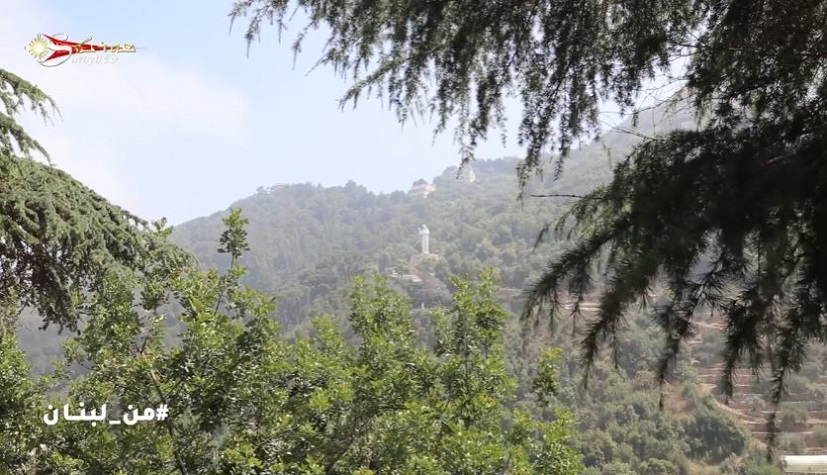The Monastery of the Holy Savior in Ghosta
GHOSTA, LEBANON — The town of Ghosta lies some 950 meters above sea level in Mount Lebanon Governate. In modern times it was the hometown of painter Daoud Corm (1852-1930), journalist and founder of Lebanon’s news agency Philippe Ziadeh (1909-2005), and final resting place for Jocelyne Khoueiry. In the 19th century, it also facilitated the headquarters of the Congregation of Maronite Lebanese Missionaries, with its first headquarters, the Monastery of the Holy Savior.
In 2018, a new church was built on the premises of the monastery, the Church of Yuhanna Habib. The church is named after the monastery’s founder and the first known Christian judge of Mount Lebanon Yuhanna Habib (d. 1894). His grave is located in his new church.
The Congregation has since moved to Jounieh, but the monastery is still in use, a proud and sacred landmark of the rich and sacred history of Ghosta—its meaning in Syriac is ‘shelter’. In a special episode of the program From Lebanon, Suroyo TV’s Rania Zahra Sharbel traveled to Ghosta and visited the Monastery of the Holy Savior, shedding light on its history and its importance as a destination for spiritual tourism.
Abbot Andre Ghaoui explains the origins of the monastery. In 1721 a congregation was founded on the site of the current monastery by Armenian Catholic monks. In 1865 the Syriac Maronite Bishop Mor Youhanna Habib bought the monastery after the Armenian monks had left for nearby Bzoummar. For decades, the restored monastery and surrounding grounds, would be home to the mission activities of the Syriac Maronite Church, to strengthen and spread the Catholic and Maronite faith.
The ‘Arabic’ nickname ‘Deir al-Mukhalles al-Karim’ is derived from the vineyards (Syriac: ‘Karmo’) who once surrounded the monastery. The missionaries associated with the monastery are therefore nicknamed ‘the Kreimiyeh’ (‘the ones from Kreim’).
The monastery’s newly added section houses the Church of Yuhanna Habib. This large church was inaugurated in 2018 and can accommodate some 700-800 people. Adjacent to it is the new built rehab center, a facility dedicated to the rehabilitation of addicts.
In the monastery’s courtyard, visitors can see a historic photograph of the monks of past times, as well as the room of the monastery’s founder, now transformed into a prayer room. The monastery is also home to an impressive collection of relics—about 350 in total—each with its own unique history, brought home over the centuries from all over the whole world by Syriac Maronite missionaries.
Inside the church, three ancient icons dating back to the era of the Armenian monks still adorn the walls. Among them is the Icon of the ‘Passion Trinity’, symbolizing the theological belief that with the suffering Son, both the Father and the Holy Spirit participated. Another is the Nativity Icon, inscribed in Armenian with the words “Glory to God in the highest, and on earth peace.” The third icon—believed to be the oldest—is attributed to Saint Luke the Evangelist and depicts the Virgin Mary holding the baby Jesus, with three stars symbolizing her perpetual virginity: before, during, and after the birth.
Over the years, the Monastery of the Holy Savior has undergone restorations and expansions to preserve its role as a living spiritual witness. Today, it stands as a testament to faith and endurance—one of Lebanon’s most cherished treasures that has withstood the ravages of war, persecution, and time.






















